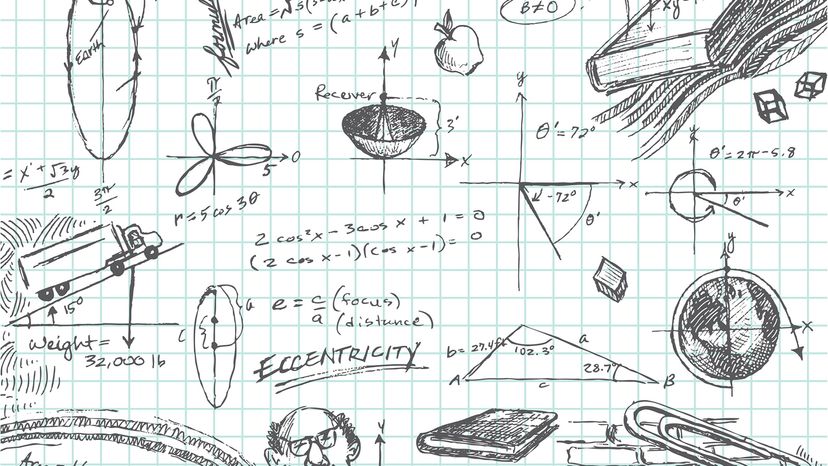In geometry, the following congruent angles theorems dictates the different rules given angles must abide by to prove that the corresponding angles are congruent.
1. Vertical Angles Theorem
This theorem dictates that vertically orientated, alternate interior angles of two rays intersecting will always be equal. This is because each of the two lines creates a line segment where both angles on the same side must equal 180 degrees, with the other angle mirroring the opposite side.
2. Corresponding Angles Theorem
This example occurs when two parallel lines are intersected by a third straight line. With both parallel lines cut, the adjacent angles and corresponding sides will share the same shape created by the line segment.
3. Alternate Angles Theorem
This theorem builds on the same principles as the concept of the corresponding angle, except that the bisecting ray will construct congruent angles on opposite corners of the transversal line.
4. Congruent Supplements Theorem
This theorem dictates that the supplementary angles of linear pairs are interchangeable between congruent figures. Not all congruent angles add up to 180 degrees, though, so this rule only works when two angles are congruent along a straight line.
5. Congruent Complements Theorem
Constructing congruent angles is easiest when an angle bisector creates two pairs of equal angle measures on right-angle shapes with the same relative position.
This angle bisector between two arms at 90 degrees (right angle) makes it easier to see how the inverse angles are complementary instead of complex-angled shapes like isosceles triangles.
